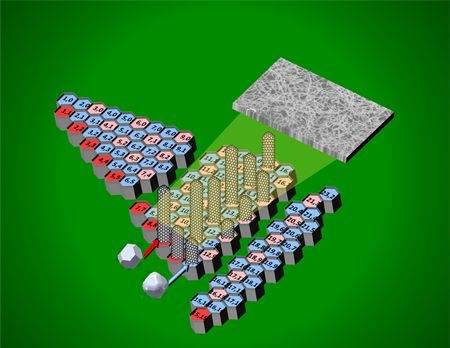A report said that Honda, in conjunction with Purdue University and
the University of Louisville, has succeeded in producing carbon
nanotubes with metallic conductivity of 91 percent.
That contrasts with a meager 25-50 percent using other methodology, Honda said.
Carbon nanotubes transport electricty better and over greater distances
and have implications for computers, as electrodes for supercapacitors,
for batters, solar cells, fuel cells, composite material for cars and
aircraft and energy storage.
Dr Avetik Harutyunyan, principal scientist for Honda Research Institute
USA, said: “This is the first report that shows we can control fairly
systematically whether carbon nanotubes achieve a metallic state.
Further research is in progress with the ultimate goal to take complete
control over grown nanotube configurations to support their real world
application.

“Our finding shows that the nanotube configuration which defines its
conductivity depends not only on the size of the metal nanocatalyst
used to nucleate the tube as was previously believed, but importantly
also is based on its shape and crystallographic structure, and we
learned to control it,” he continued.
Eric Stach at Purdue, used a transmission electron microscope to
observe the formation of nanotubes, while Louisville researchers, led
by Professor Gamini Sumanasekara, produced the nanotubes in larger
volumes and measured the metallic state they achieved.






